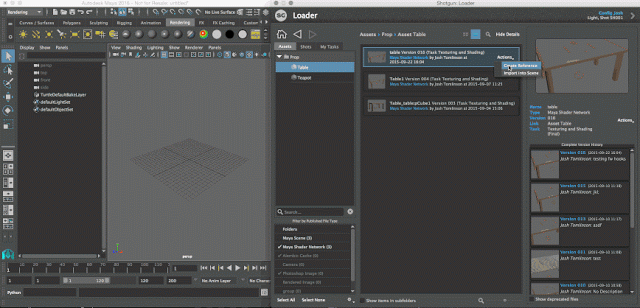Thanks for chiming in @mkolar! For completeness, here are those notes.
About package vs. bundle and instance vs. component, what I’ll say is, it’s all good. We know what they mean by now and everything else I think is attempting to merge personal preference. Which isn’t always easy, but perhaps not necessary either. Picking something and sticking with it on the other hand is.
For a description and rationale as to what Instance means, I’ll refer you to the Instance API notes.
We’ve struggled with comprehending this concept as well. The more we experiment with it the more fundamental it becomes, and I think in the latest and current version that Roy is working with at the moment, subsets are the only thing published from anywhere so it’s important we find a clear way of communicating this.
It is quite difficult to break down. Perhaps we need graphics or, better yet, examples. I’m hoping Roy will have something in this arena within the coming weeks.
That’s right, just a series of links to connected versions of subsets, like v013 of the character Dave01 together with v056 of Rider03.
example.pkg
{
"ben01": "v004",
"ben02": "v004",
"camera01": "v001",
"sofa01": "v001"
}
The way I’d like to look at packages is like just another subset. It’s a piece of data extracted from something like Maya, and as such I figure it must be capable of being extracted in different forms. One of which is the .json, for computer consumption, and another, perhaps .mov for human consumption.
I figure that whenever a character is published in isolation from surrounding characters, a package is updated, and it’s perhaps equally important to visualise the whole package in a way that doesn’t require loading the entire thing into memory.
But it could also be the case that the latter part is better left to a dedicated process in which an artist produces “dailies” for review. I would go for both, one automatic and one manual, but it would be up each studio to decide, which I think is also ok.
 ).Something of that kind is certainly needed. In a sense we are actually already using this concept in a very scattered and loose way when needed, but it’s a case of artist hand picking components to add to an asset in the database which together make up its output. So for example firefx v05 for a shot in ftrack might have components firefastV001, fireslowV004 and sparksV003. Somehow naturally I tend to call them bundles.
).Something of that kind is certainly needed. In a sense we are actually already using this concept in a very scattered and loose way when needed, but it’s a case of artist hand picking components to add to an asset in the database which together make up its output. So for example firefx v05 for a shot in ftrack might have components firefastV001, fireslowV004 and sparksV003. Somehow naturally I tend to call them bundles.